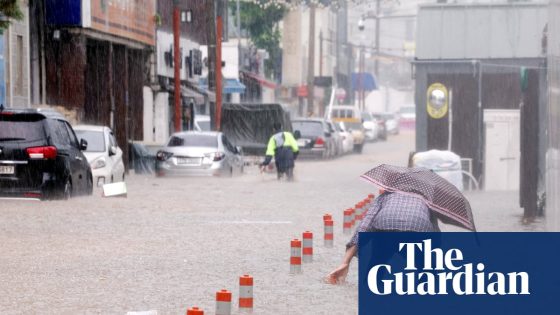A remarkable discovery has emerged from the icy depths of Pakistan’s Kohistan region. A 31-year-old man, Naseeruddin, who went missing in June 1997, was found perfectly preserved in glacial ice last week. This astonishing find not only brings closure to his family but also highlights the ongoing impact of climate change on our planet.
- Missing man found preserved in glacier
- Family's decades-long search finally ends
- Climate change reveals hidden bodies
- Glaciers act as planetary time capsules
- Discovery highlights dangers of high-altitude exploration
- Future finds expected as ice melts
Naseeruddin’s body was uncovered by a local shepherd, Omar Khan, who described the scene as “unbelievable.” The intact condition of the body, with clothing still unscathed, underscores the unique preservation capabilities of glacial environments. As glaciers retreat globally, such discoveries are likely to become more frequent.
This event, dated 2025-08-11 23:08:00, serves as a poignant reminder of the past and the mysteries that melting ice can reveal. What other secrets lie beneath the glaciers?
This situation raises critical questions about the future of our planet’s icy regions. As we witness more bodies and artifacts emerge from melting glaciers, what does this mean for our understanding of history? Consider these points:
- Climate change accelerates glacier melting, exposing previously hidden remains.
- Such discoveries can offer insights into past human activities and environmental conditions.
- Increased awareness may lead to greater conservation efforts for these vital ecosystems.
As we move forward, it’s crucial to reflect on how we can protect our planet’s glaciers and the history they hold. Will we take action before it’s too late?

































